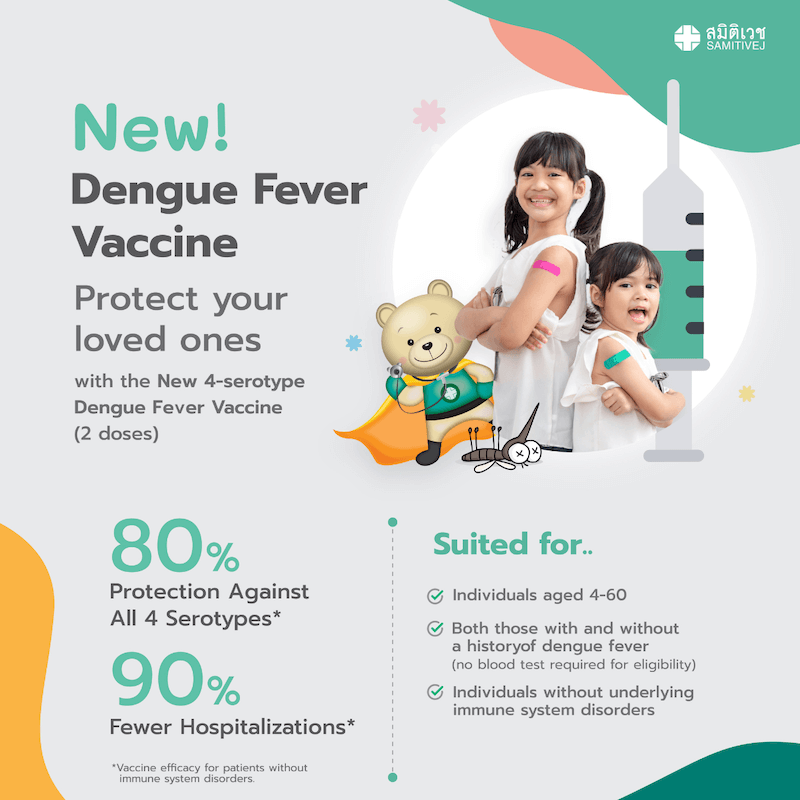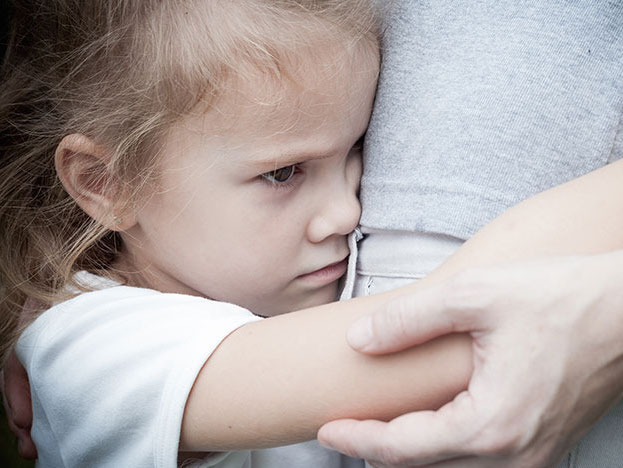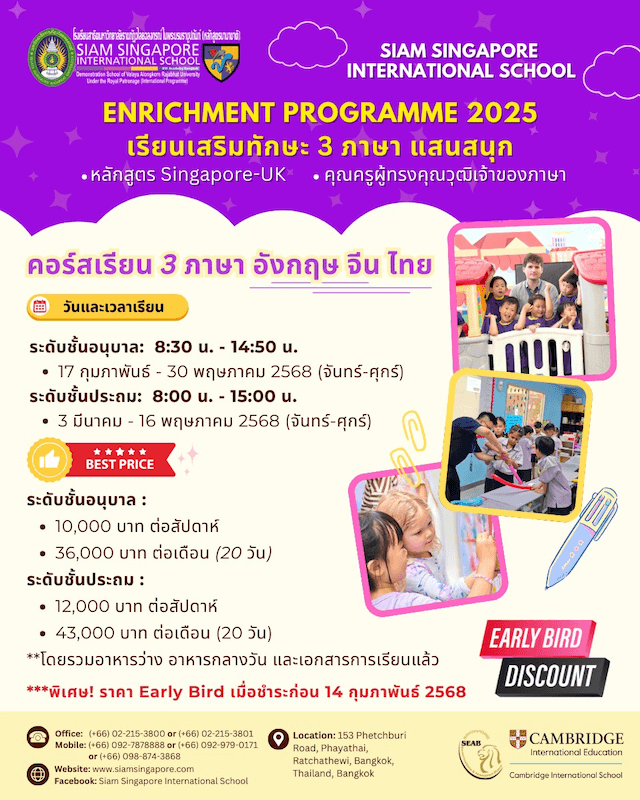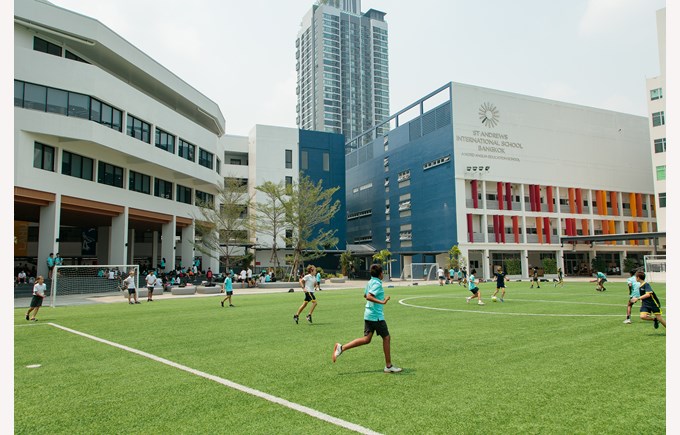It’s natural for young children to be rowdy and attentive at times, but this behaviour can get out of control for some kids. When these behaviours get out of control and start affecting the lives of children, their parents, their teachers, and even other children, it’s time to consider what could be the root cause of the issue and look for solutions.
In this article, we explore the general signs of several common behavioral disorders in young children.
ADHD (Attention Deficit Hyperactivity Disorder)
Children suffering from ADHD have hyperactive, inattentive, and impulsive characteristics.
Hyperactivity is seen in the child’s inability to sit still, which can affect their success in the classroom or other settings where sitting still for a period of time may be required. A child with hyperactivity may walk or run around a lot, fidget constantly, talk excessively, and may be unable to participate in quiet tasks.
Children who are inattentive may lack focus and become easily distracted by small sounds or have trouble staying on topic. They may be disorganized, have trouble with paying attention, and can often make mistakes. They may forget to complete routine tasks or engage in acceptable social behaviors. Impulsive children may have a hard time with patience, which can cause problems in situations such as waiting in line or listening in a classroom. Children with ADHD who receive no treatment may have issues with low self-esteem.
Autism Spectrum Disorder (ASD)
Autism spectrum disorder is a biological, neurodevelopmental disorder with a wide variety of symptoms ranging from mild to severe.
Children with ASD may seem emotionally distant from their family members and peers. Early signs of this disorder can be poor verbal and non-verbal communication skills, lack of flexibility in daily routines or thinking, and the inability to relate to other people or engage in social interactions. For example, a young child with ASD may lack facial expressions and have difficulty retaining eye contact. They may have unusual communication habits such as being unable to finish a sentence, excessively repeating words or phrases, or using new words or phrases without understanding what they mean. They may also be resistant to change and insist on routine.
SAD (Separation Anxiety Disorder)
Common symptoms of SAD include being scared or excessively anxious when separated from a parent, guardian, babysitter, or other family members. This extreme anxiety continues long after the caregiver has left. The child is usually worried that something bad will happen to him or her or that something bad will happen to the caregiver.
It is not uncommon for children to be clingy towards a caregiver while being dropped off at a location such as school or day care, or briefly upset when left alone. However, children who have SAD will not adjust to a new situation and will continue exhibiting anxiety and fear long after the period of time it usually takes for children to be distracted by something else. They may throw tantrums, have lengthy crying spells, or excessively plead for their caregiver. They may even complain of physical pains such as headaches or stomachaches. Some will become upset even before the caregiver leaves, and react by refusing to go to school or daycare, or be unwilling to go to sleep or take a nap without the caregiver present.
Support After Diagnosis of a Behavioral Disorder
If you suspect your child has a behavioral disorder, schedule an appointment with a specialist to properly diagnose your child’s condition. Once you know what could be happening, reach out and connect with programs that offer parenting assistance, emotional support, and networking with childcare professionals, as they can be extremely helpful. By joining a community of other parents who are working through similar issues, you can access knowledge and resources that can help you adjust to your new parenting challenges.
By Dr. Chakriya Theeranate, Pediatrician, Children’s (Pediatrics) Center, Bumrungrad Hospital
Editor’s note: This article is sponsored content from Bumrungrad International Hospital, and it is reprinted here with permission of the hospital.














